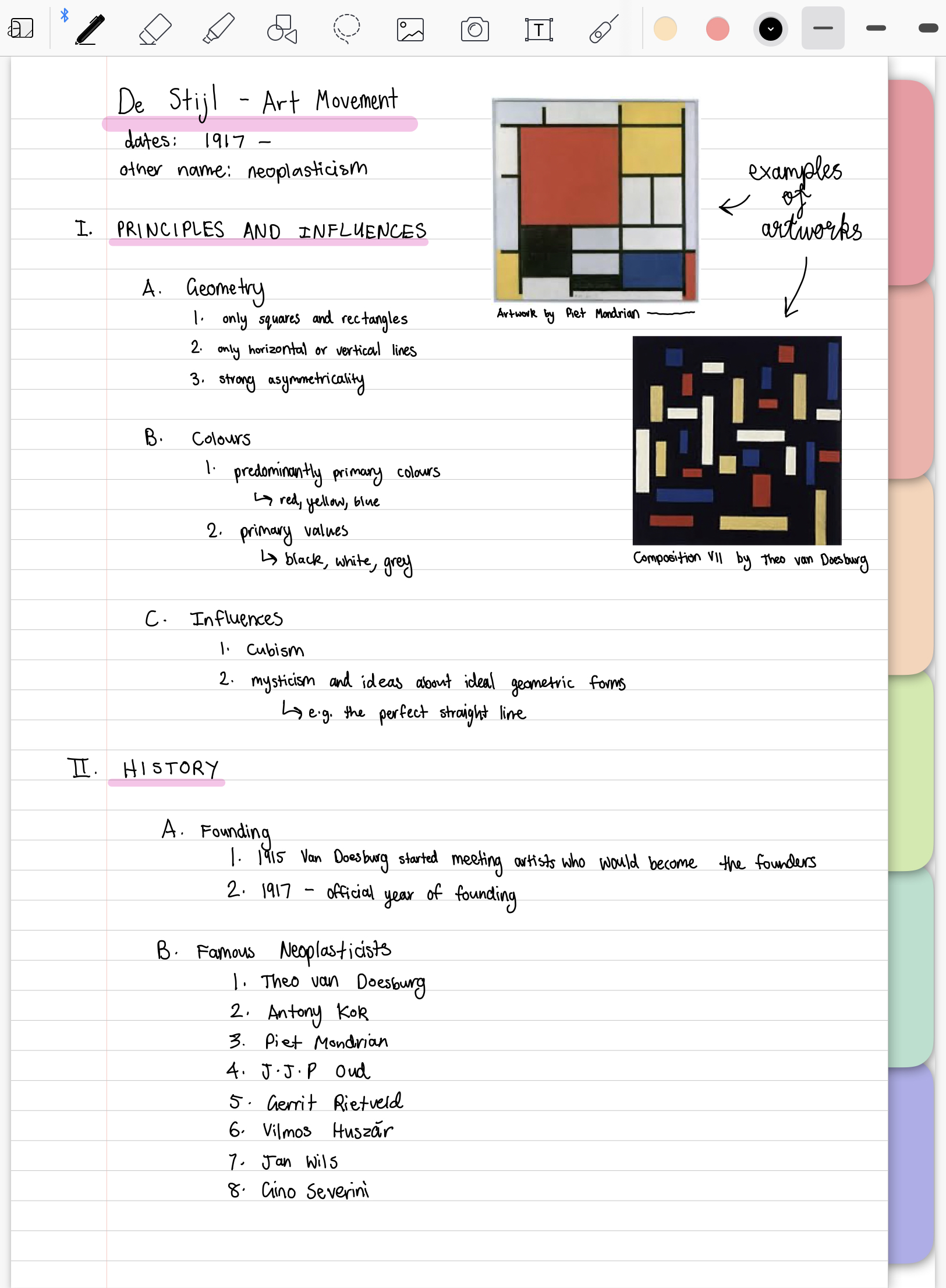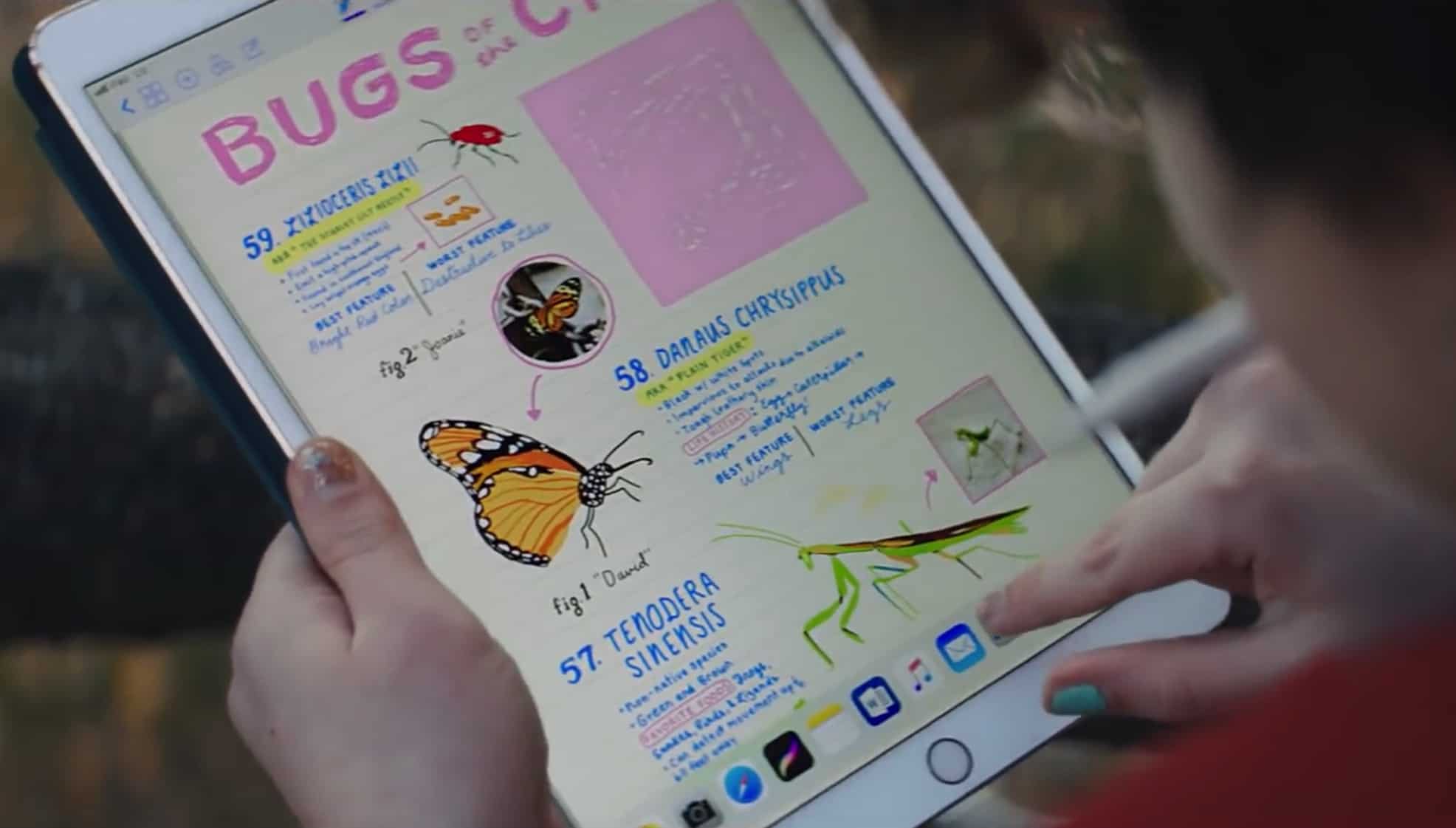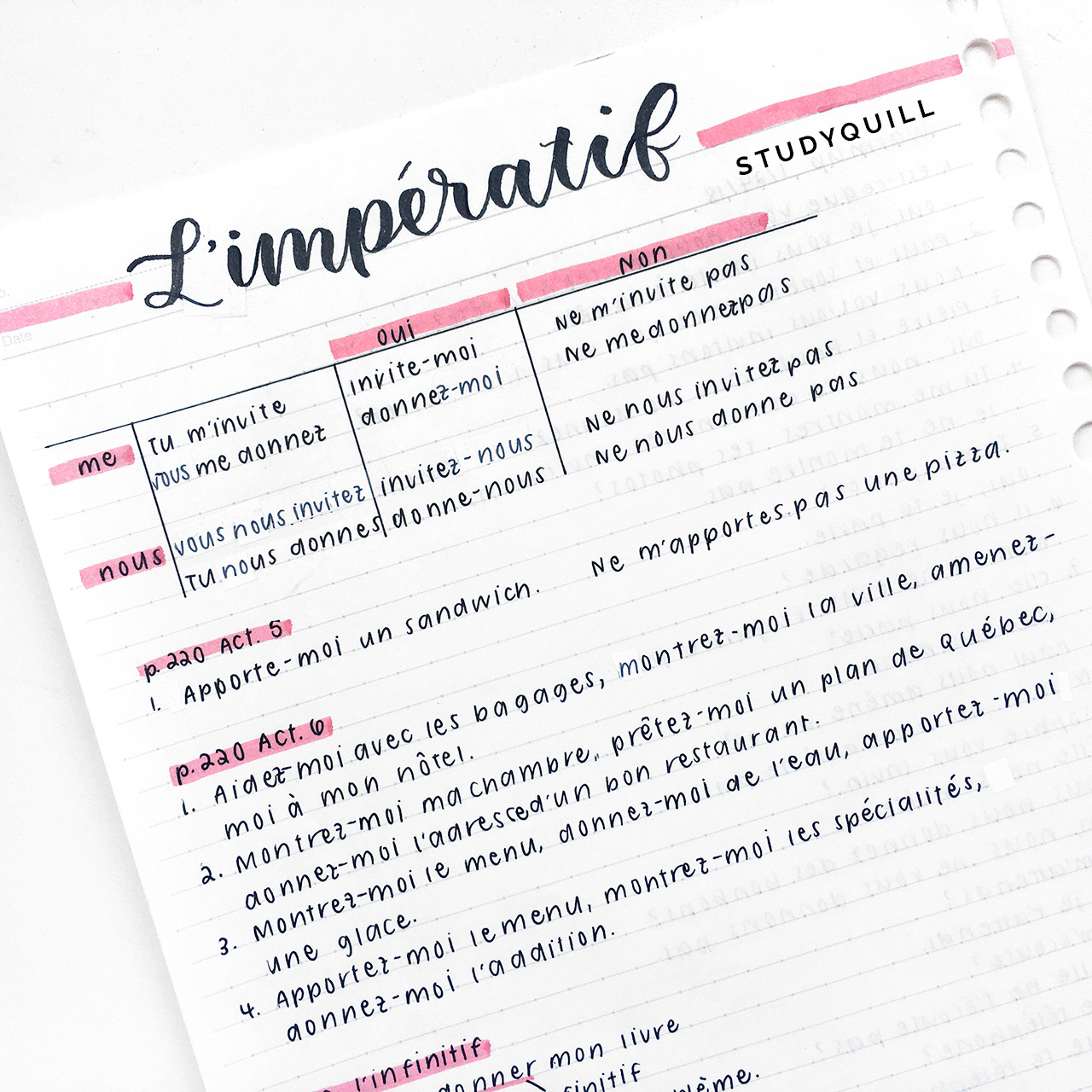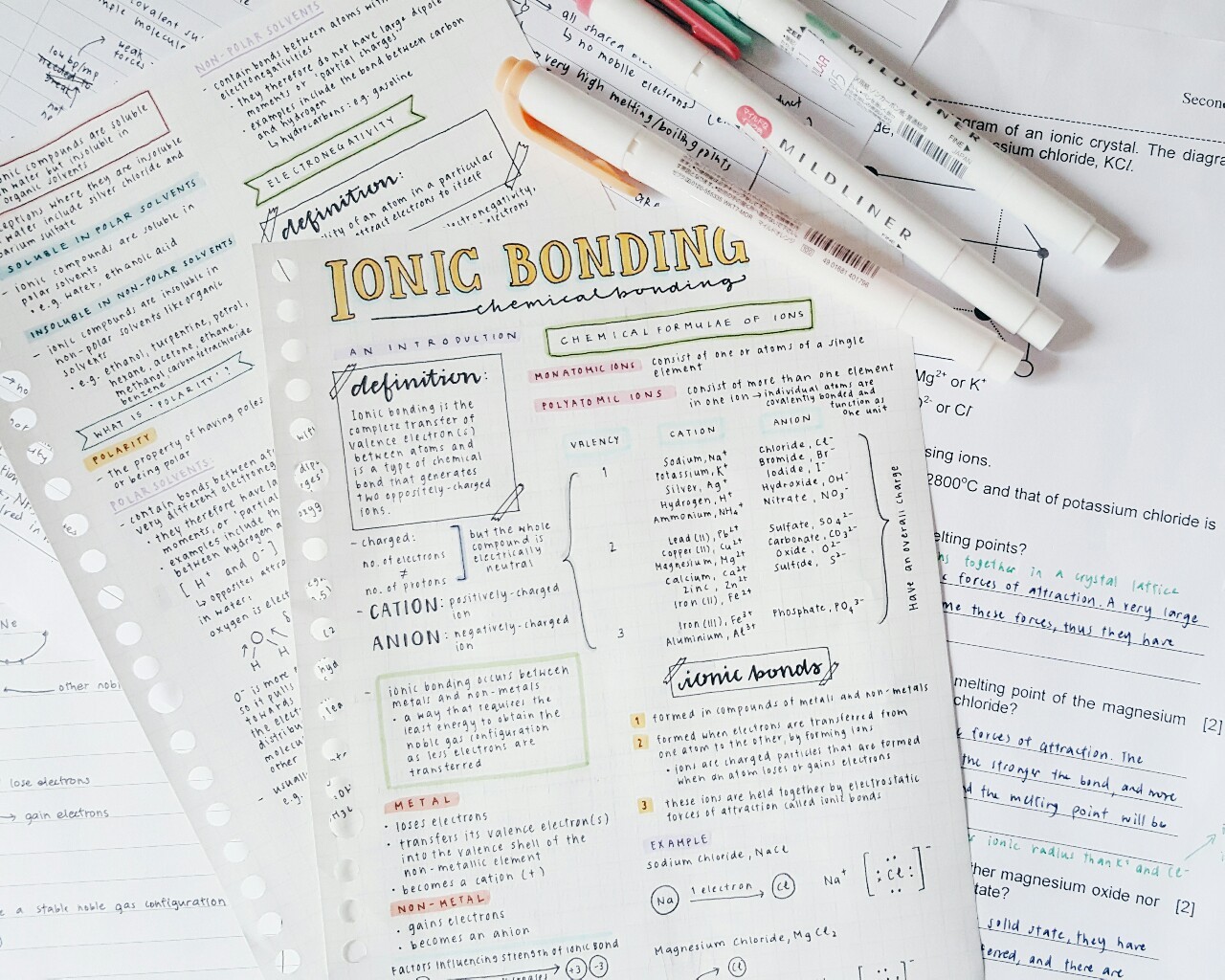
Foolproof Guide To Taking Effective Notes From A Textbook
Taking notes from a textbook can be a difficult task at hand. It is really easy to get stuck during note taking from not knowing what to and what not to write in your notes from a textbook. It is very true that textbooks can be intimidating with their hundreds of pages, tiny font and limited pictures (except for the occasional irrelevant stock photo). That is why I have collated the best tips for taking notes from a textbook and I really hope that they help you out.
To take effective notes from a textbook one needs to be aware of the common mistakes that are made while writing them such as copying word-for-word, multitasking while writing notes and including every single detail possible. They then should discover their preferred note taking style, do pre-reading before taking notes, organise their notes according to headings in the textbook and then use an active recall or retrieval method of note taking.
Common mistakes to avoid while taking notes from a textbook
#1 Copying word-for-word from the textbook
This is a very common mistake that is made while people take notes from a textbook, either out of laziness to put information into their own words or not knowing otherwise. But don’t worry it is an easy fix!
Instead of copying word-for-word from a textbook you should aim to paraphrase everything. This means that you restate the meaning of a passage from your textbook using other words and also with the aim of rewriting it in a more concise way. It is even scientifically proven that paraphrasing information helps you learn the content better.
#2 Writing notes and multitasking
When you are studying, whether that is by taking notes from a textbook or another form such as leitner box flashcards, you should focus solely on the task at hand. By doing this you will learn everything much more thoroughly and also in a considerably shorter amount of time.
Whatever you do, do not have a youtube video or a movie playing in the background as you study!! This is not beneficial at all.
#3 Writing too much
A problem that a lot of people face while taking notes from a textbook is writing too much. This often stems from copy word-for-word or feeling that it is important to reword every single sentence they read. Writing too much can also lead to burn out and the feeling that taking notes from a textbook takes too long and the resulting belief that note taking is a waste of time.
Step-by-Step Guide To Taking Notes From A Textbook
#1 Discover your preferred note taking style
I wrote an article outlining the 5 best note taking strategies which you can read to discover the note taking method that is best for you. Read that article, figure out what your preferred style is and then implement it into writing notes from a textbook.
#2 Read through the chapter(s) of the textbook before taking your notes
By doing some pre reading you will develop a good basis of understanding of the material. This is handy for your note taking as you will be able to write concise notes. You will know what the most important points are and what is just menial information.
#3 Use the layout of your textbook to organise your notes
As you have already skim read through the chapter you would have noticed headings, subheadings and key terms in bold. Use these to organise and structure your notes. By doing this, when it comes to crunch time, it will be much easier to study your notes as you will be able to easily find information under these headings.
#4 Find definitions for keywords and concepts
In a textbook the keywords are usually formatted in bold. Pay close attention to these and make sure you understand them. If you don’t you should find the definition and write it in your notes. Bolded words can usually be found at the back of a textbook in the index or glossary section. If not, just simply do a google search.
#5 Use your memory as you take notes
I suggest breaking up your textbook into sections as you take your notes. This could be detonated by the headings and subheadings. As you read a paragraph or a section, close your textbook and then take your notes without looking at what you just read. This may seem like a lot of work at first but it is super beneficial to your learning as it will force you to memorise information through active recall. This will help you recall information at a later date while you are studying.
If you are worried about writing down incorrect information as you use the cover and write method of note taking, I suggest using a digital notebook in an app like goodnotes on your ipad. You will still benefit from handwriting by using a stylus and you will also be able to erase and edit your notes if you get something incorrect. The process of retrieving information that you just read and then going back and re-reading and correcting your work will make you learn the content better.
#6 Supplement your notes
The last step for taking notes from a textbook is to supplement your notes with information from external sources. Other sources could be other textbooks or the internet. By doing a little bit of extra research it will expand the depth and quality of your notes and your understanding of the topic.
How To Make Your Textbook Notes Even Better
#1 Employ multiple ways to represent the information
You don’t need to stick to just text for your textbook notes. Use images, diagrams, mind maps, bullet points and flow charts to represent information. This will help break up large chunks of text and make your notes easier to read and revise. Also if you are a visual learner, representing information in images like the ones suggested above will really benefit your memorisation.
Here is a screenshot of some outlining notes that I took in my lined digital notebook on my iPad pro:

If you take digital notes it is extremely easy to import images and diagrams from the internet into your notes. So if you do use an ipad or laptop to take your notes don’t skip out on this!
#2 Use a colour coding system
This is not an essential for taking effective notes from a textbook but it can help you organise your notes logically as well as help you visualise your notes in an exam situation. I suggest that you develop your own colour coding system that you use for all of your notes.
An example of a colour coding notes system is:
- Yellow for highlighting important concepts, facts and key ideas
- Pink for highlighting quotes
- Blue for highlighting key words and definitions
If you do use a colour-coding system don’t go overboard with the amount of colours you use. Keep in mind that the practicality of your notes is more important than aesthetics and that changing coloured pens and highlighters can take up alot of your time.
#3 Annotate your notes
My last tip for making your notes even better is to annotate your notes! You can do this by writing extra information in the margins of your notes or on sticky notes. You can use annotation to create review questions for studying in a similar way that is used with the Cornell note taking technique. If you are interested in learning more about this note taking method I suggest that you read my article where I explain how to use a Cornell note taking template to make your notes neat and effective. You can also write questions that you need to ask your teacher for more clarification on a concept in your annotations.
Before You Go!
Are you passionate about language learning?
Be sure to check out my article on the EASIEST way to learn a language by yourself! and my Digital Language Learning Planner!
If you take notes using your iPad, you need to know these 12 iPad note taking tips! They will make …
There are many different note taking methods that can work well for language learning. To take effective notes for language …
To take pretty notes you need to firstly choose a consistent colour scheme. Next you should draw an eye catching …
To take notes on a PDF on an iPad you need to use a note taking or PDF reading app …
To get motivated to do school work one should set SMART goals, work in a motivating environment, break large projects …
To take aesthetic notes one needs to choose a consistent colour scheme, use eye catching titles and headers, invest in …






